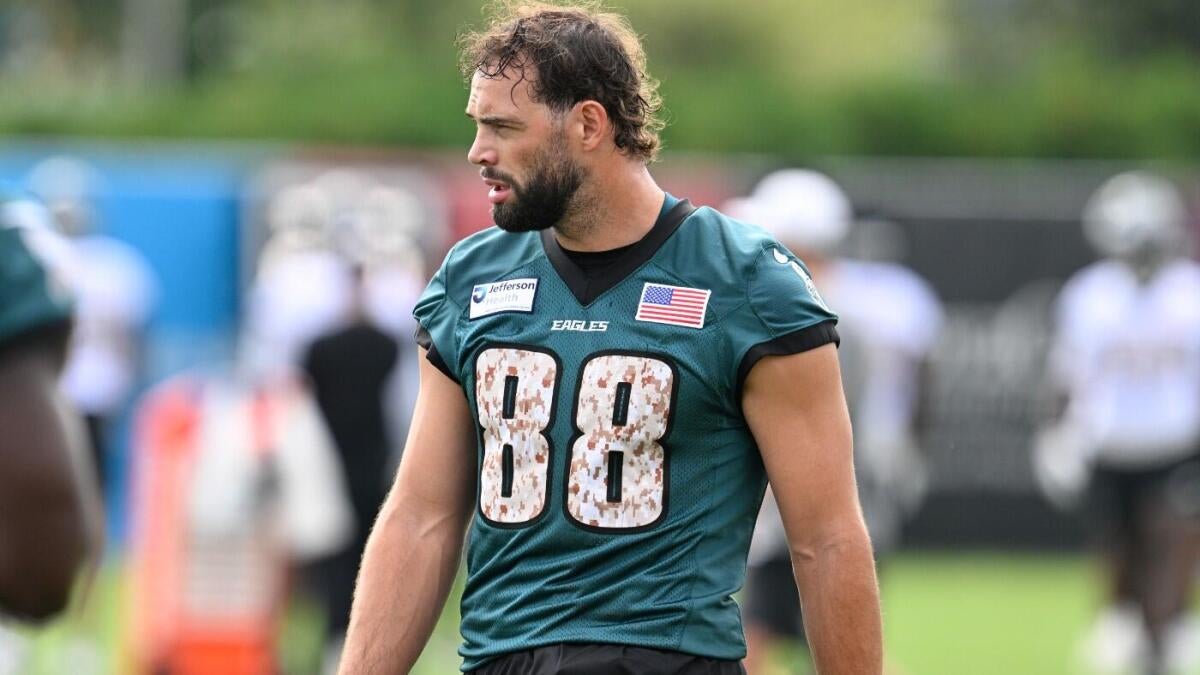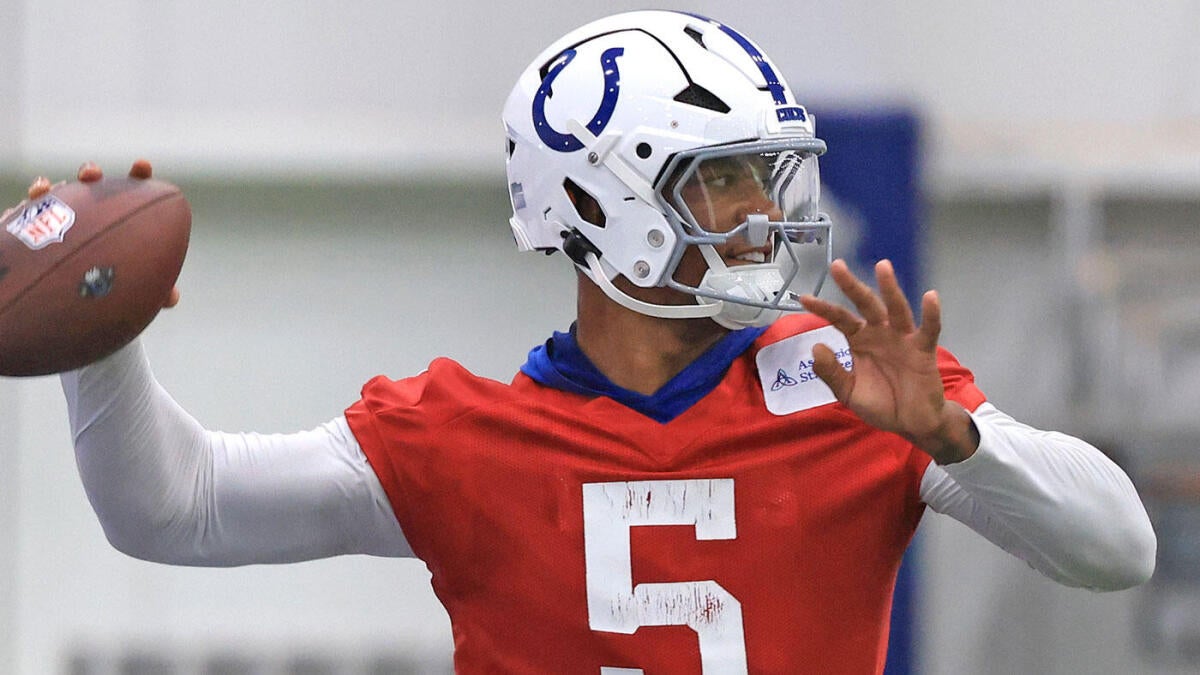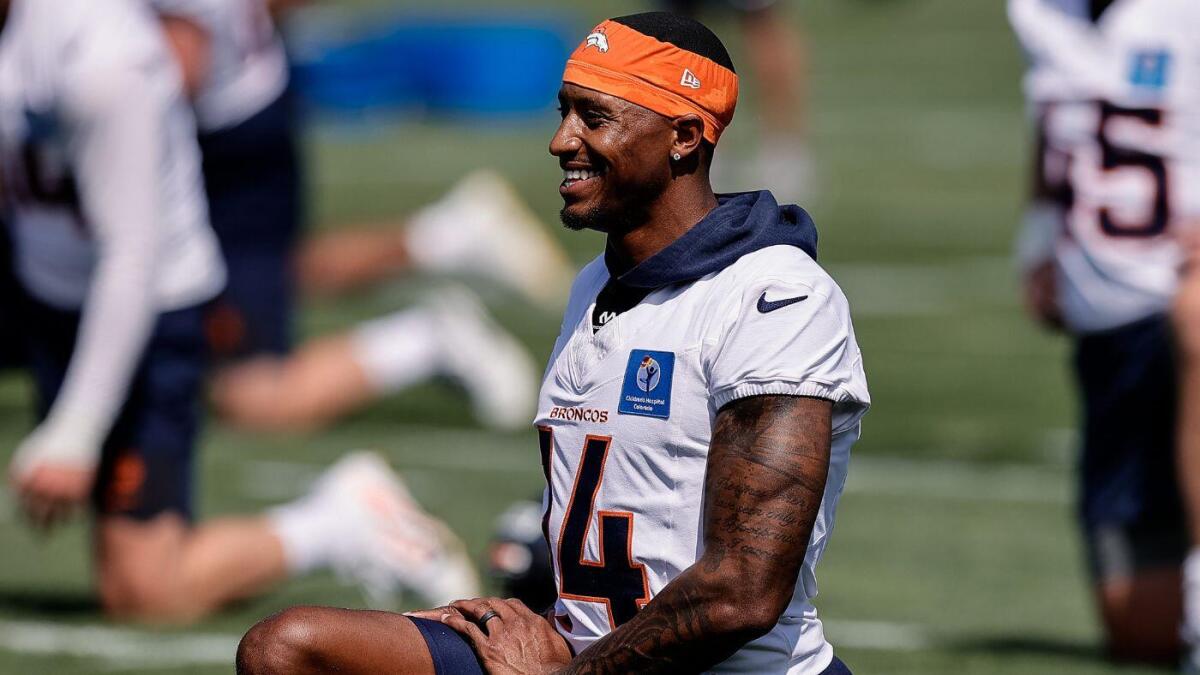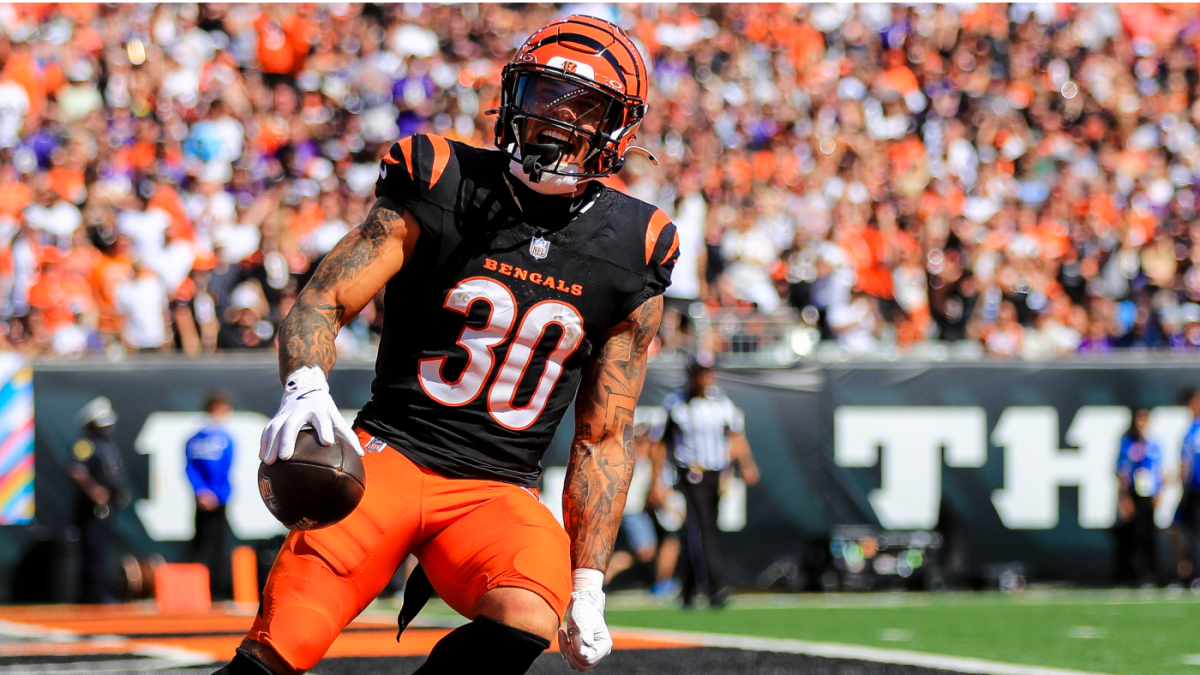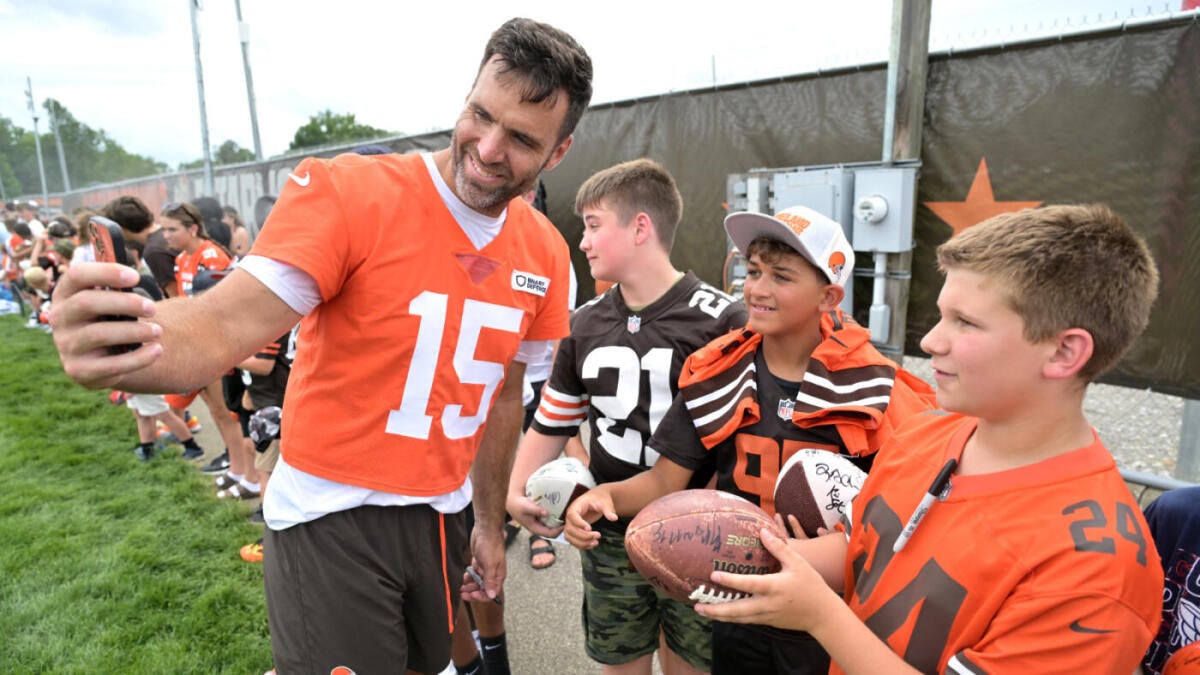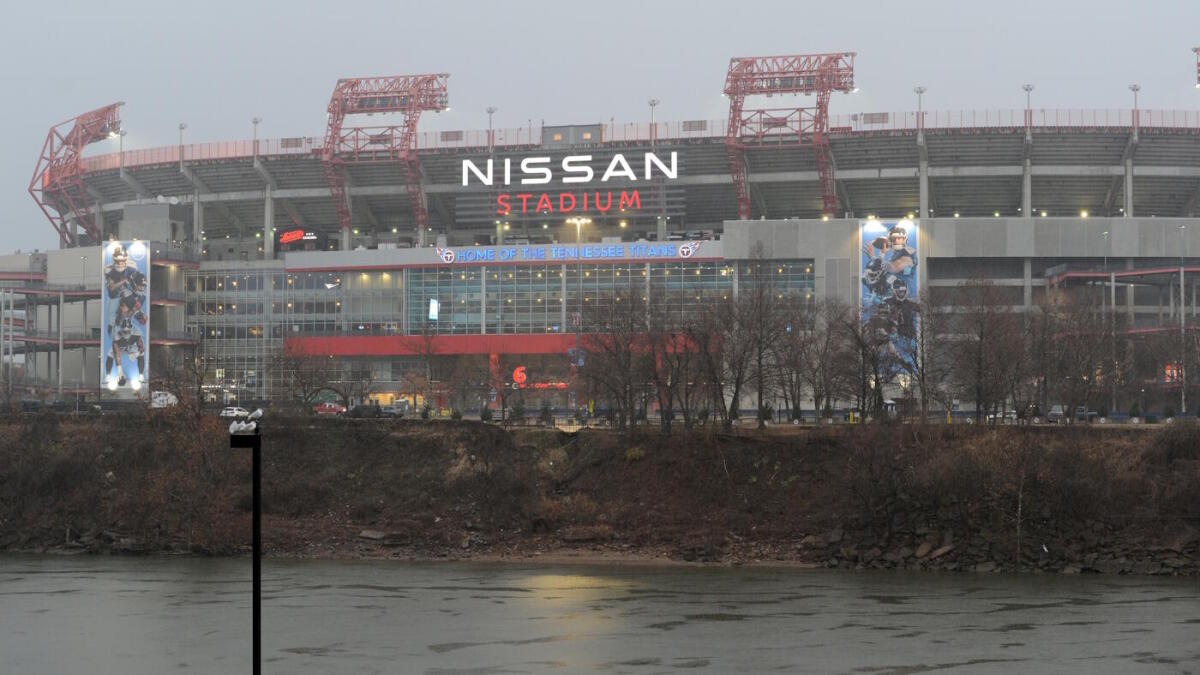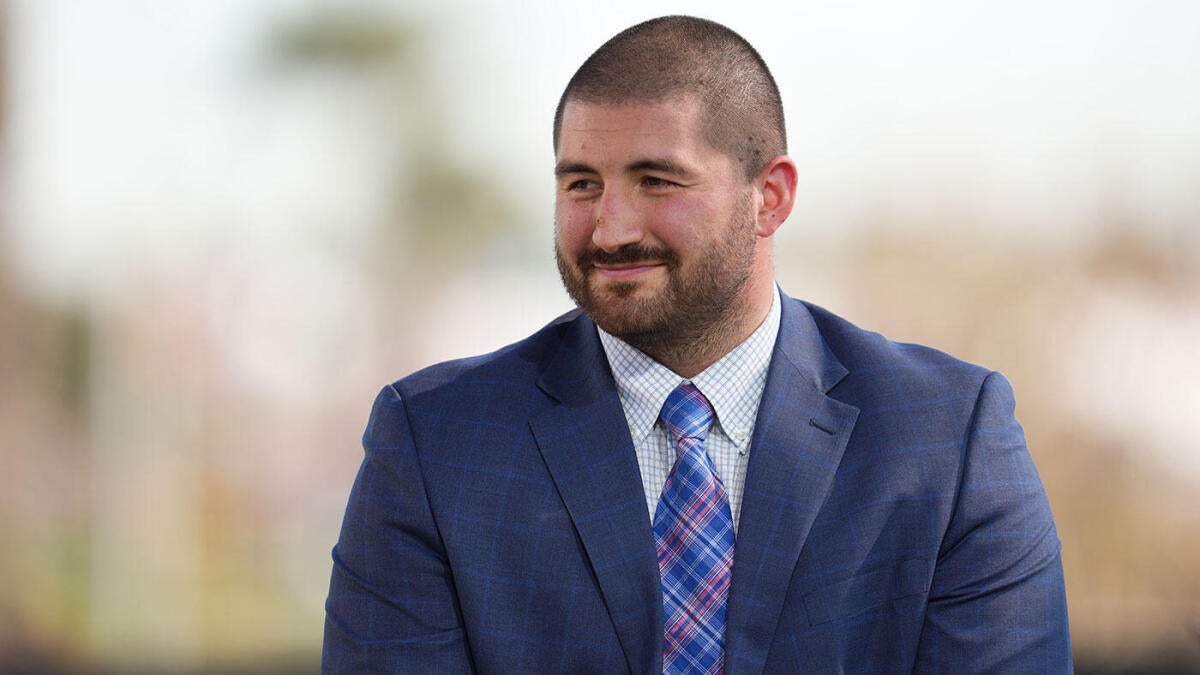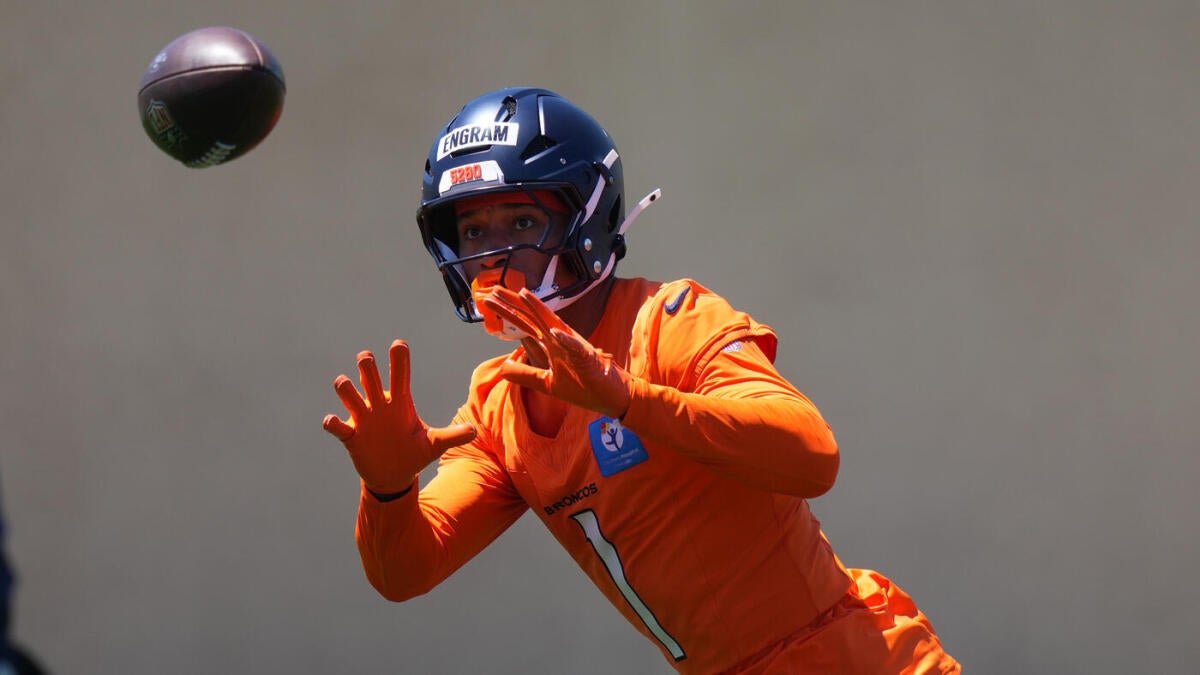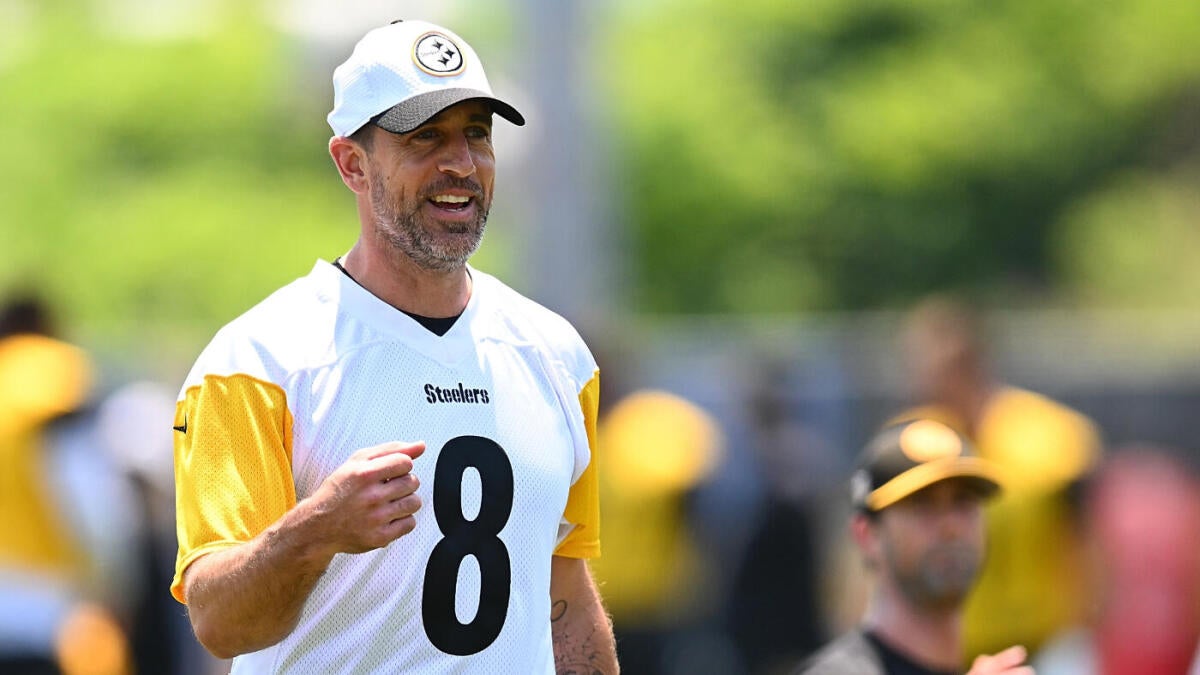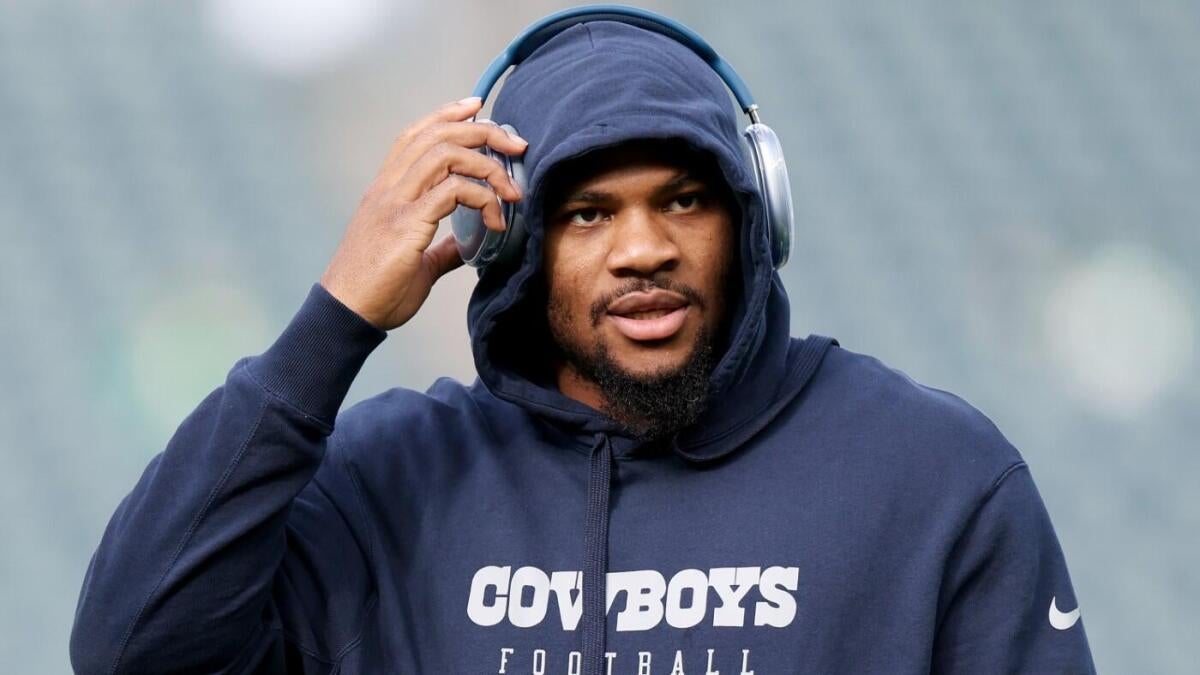
The Dallas Cowboys came to an agreement Sunday on a contract extension with tight end Jake Ferguson, signing him to a four-year deal worth $52 million that contains $30 million in guarantees.
On the surface, there’s nothing particularly notable about this. A team paid a young, solid player it likes and it will keep him around for the next five years, accounting for the final season of his rookie-scale contract. Stuff like this happens all the time around the NFL.
But as our own Garrett Podell noted, it doesn’t actually happen all the time in Dallas — and it especially doesn’t happen all the time with this type of timing, with Ferguson being signed after his third NFL season. The Cowboys routinely delay the signing of contract extensions coming out of rookie-scale deals, as we’re seeing right now with the ridiculous Micah Parsons negotiations — and as we have seen several times in the recent past, including with Dak Prescott (twice) and CeeDee Lamb.
What the Cowboys absolutely love to do, though, is sign players to contracts exactly like this Ferguson deal, in situations exactly like the one they’re in right now. They love nothing more than signing a solid but unspectacular player to a new deal in the midst of a negotiation with a superstar who is very obviously going to reset the market at his own position or among non-quarterbacks overall, like Parsons is.
When Prescott was first eligible for an extension back in 2019, it was very obvious that whatever his new deal was, would pay him more than any quarterback in history. Once you reach a certain level of competence, that is just what happens in quarterback contracts. But the Cowboys delayed signing and let guys like Jared Goff and Carson Wentz and Russell Wilson and Aaron Rodgers sign new deals before getting Prescott to put pet to paper, and cost themselves at least $10 million per year in doing so.
They also, during the interim, negotiated deals with Ezekiel Elliott (at the very top of the running back market), Jaylon Smith (near the very top of the linebacker market) and La’el Collins (near the very top of the right tackle market), as a way to put pressure on Prescott. The problems with that were a) they paid all those guys near the top of their respective positional markets; and b) they paid players either at non-premium positions (Elliott and Smith) or who had extensive injuries histories (especially Smith and, to an extent, Collins).
There was no real reason to pay any of them right away. Elliott had two years of team control left on his rookie deal, and the Cowboys potentially had two franchise tags to use on him if they’d wanted to. They had also just drafted Tony Pollard and were comparing him during Elliott’s training-camp holdout to Alvin Kamara. (That comparison didn’t wind up being too far off, at least until Pollard broke his leg.) The only “risk” was that Elliott … hold out and cost himself money. The financial risk wasn’t too great. They paid him at the top of a declining market and nobody topped his deal in terms of average annual value until last year.
Smith had a degenerative nerve issue in his knee due to an injury suffered in his final collegiate game. He was obviously going to have a short career. Paying him on a long-term deal was a very obvious mistake the moment it happened. Collins was the fourth-best offensive lineman on the team at the time, and the team didn’t really know if he was a tackle or a guard, but paid him near the top of the tackle market anyway.
Amazingly, the Cowboys did it again with Prescott over the last few years. Had they signed him to an extension in 2023, before players like Jalen Hurts, Lamar Jackson, Justin Herbert and Joe Burrow got their deals done, it’s possible they could have gotten Prescott for around $52 or 53 million per year — or even less. At the time, the top quarterback contract was worth $50.3 million per season.
Instead, they waited and allowed not just Hurts, Jackson, Herbert and Burrow to sign new deals, but also Goff (again) Tua Tagovailoa, Trevor Lawrence and Jordan Love to do the same. All of a sudden, the top of the market was $55 million per year, and Prescott was obviously going to blow that out of the water thanks to the leverage he accumulated during the previous disastrous negotiation. He got $60 million per year, which remains $5 million more than anyone else has signed for.
In 2023, Dallas signed two contracts that Jerry Jones already said he regrets: Paying Trevon Diggs near the top of the cornerback market and Terence Steele near the top of the right tackle market.
The Diggs deal is one thing. He was coming off back-to-back Pro Bowl seasons, including one where he was named a first-team All-Pro after securing 11 interceptions. A 24-year-old No. 1 cornerback is a reasonable player to sign to a long-term deal. The Cowboys’ regret in that situation comes from the fact that Diggs tore his ACL in practice two weeks into the following season and has dealt with injury issues ever since.
The Steele contract is another of the type that the Cowboys love to sign: one for a player coming off a major injury. Steele had played well in 2022, finally looking like an above-average starter after struggling for the better part of his first two seasons. But he tore his ACL late in the year, and there was no guarantee he’d reach that level again. There was no real reason to pay him right away.
The Cowboys paid him anyway, making him the fifth-highest-paid right tackle in the league at the time. Steele has since struggled badly in each of the past two seasons. Dallas similarly paid Michael Gallup coming off a torn ACL the year before, bringing him back on a five-year deal behind Lamb while electing to trade Amari Cooper for peanuts. Gallup missed the start of the season in 2022, struggled badly for the next two seasons before being released, retired before the start of training camp in 2024 and then unretired this offseason to join the Washington Commanders.
Ferguson, like Steele and Gallup before him, is coming off an injury-riddled season. He suffered a bone bruise and MCL sprain early last season, then sustained a concussion and did not look like himself for the rest of the year. After what seemed like a breakout 71-catch, 761-yard, five-touchdown season in 2023, Ferguson slumped to 59 catches for 494 yards and no scores a year ago.
And yet, the Cowboys still made him the league’s seventh-highest-paid tight end ahead of his fourth season in the league. It’s a solid deal, but it’s not one that has much upside for the Cowboys. What would have to happen for Ferguson to look like a bargain at that price? What would have had to happen this year for him to blow that deal out of the water and potentially reset the market above George Kittle’s $19.1 million per year next offseason? How likely are either of those situations to come about?
Once again, it seems like the Cowboys are paying a lesser player in the midst of negotiations with a star, to send some sort of message about how actually, they can get deals done. The problem is, the message is once again, “we will pay you at the top of your market.”
Micah Parsons contract saga: Cowboys CEO Stephen Jones says star linebacker has ‘gotta want to be paid’
Brad Crawford
And here’s the other thing: We already know what Parsons’ deal is going to look like, and with great certainty about how much he will be paid. He will, 1000%, be the highest-paid non-quarterback in history whenever he signs his deal. That is going to happen.
But the price of that designation has already gone up millions of dollars this offseason, thanks to deals signed by Maxx Crosby, Myles Garrett, Ja’Marr Chase and T.J. Watt. Before this offseason, the highest-paid non-QB was Justin Jefferson at $35 million per year. Now, it’s Watt at $41 million per year. The Cowboys have cost themselves at least $6 million per year by waiting.
Even worse, though, is the fact that Parsons was extension-eligible LAST YEAR. The same was true of Lamb a year before he finally got his own deal. The Cowboys have known for a fact that Parsons would break the bank and become the league’s highest-paid player at any position other than quarterback basically since the moment he destroyed the league as an edge rusher during his rookie year. He should have gotten a contract worth $1 more than Nick Bosa’s then-record $34 million per year literally the second he was eligible. But the Cowboys decided to wait.
They also could have paid Lamb after his own third season, when he was coming off a second-team All-Pro berth rather than a year when he led the NFL in catches and made first-team All-Pro, and rightly decided that he wasn’t going to sign a new contract until after he saw how much Jefferson got paid. He eventually signed for $1 million less per year than Jefferson, which was more than fair. But if the Cowboys had merely blown the highest-paid receiver contract out of the water the year before, they might have been able to get him for around $30 million per year. (The previous high was $28 million.) Again, they cost themselves a bunch of money by waiting.
Of course, the Cowboys are doing this yet again with star guard Tyler Smith. The two-time Pro Bowler and one-time second-team All-Pro is considered the second-best interior lineman in the league by NFL executives. He is, without question, going to be the highest-paid guard in the league once he signs his own deal, and he is extension-eligible right now. The price of being the highest-paid guard has already gone up by $2.4 million this offseason, with Trey Smith having signed a new deal that far exceeds the one Landon Dickerson signed a year ago. The only question that matters is whether the Cowboys will sign Smith to a new deal right now before the price goes up even further, or whether they’ll let several more guards sign contracts and raise the price even higher.
Getting Ferguson’s contract done ahead of time, even if it’s not necessarily a truly team-friendly deal, is a sign of progress. But whether Smith, who will be paid at the top of his market, gets his new deal, will be the real test of whether the Cowboys have learned anything from their failed negotiations of the past.
Go to Source
Author: Jared Dubin
July 28, 2025 | 11:41 am
